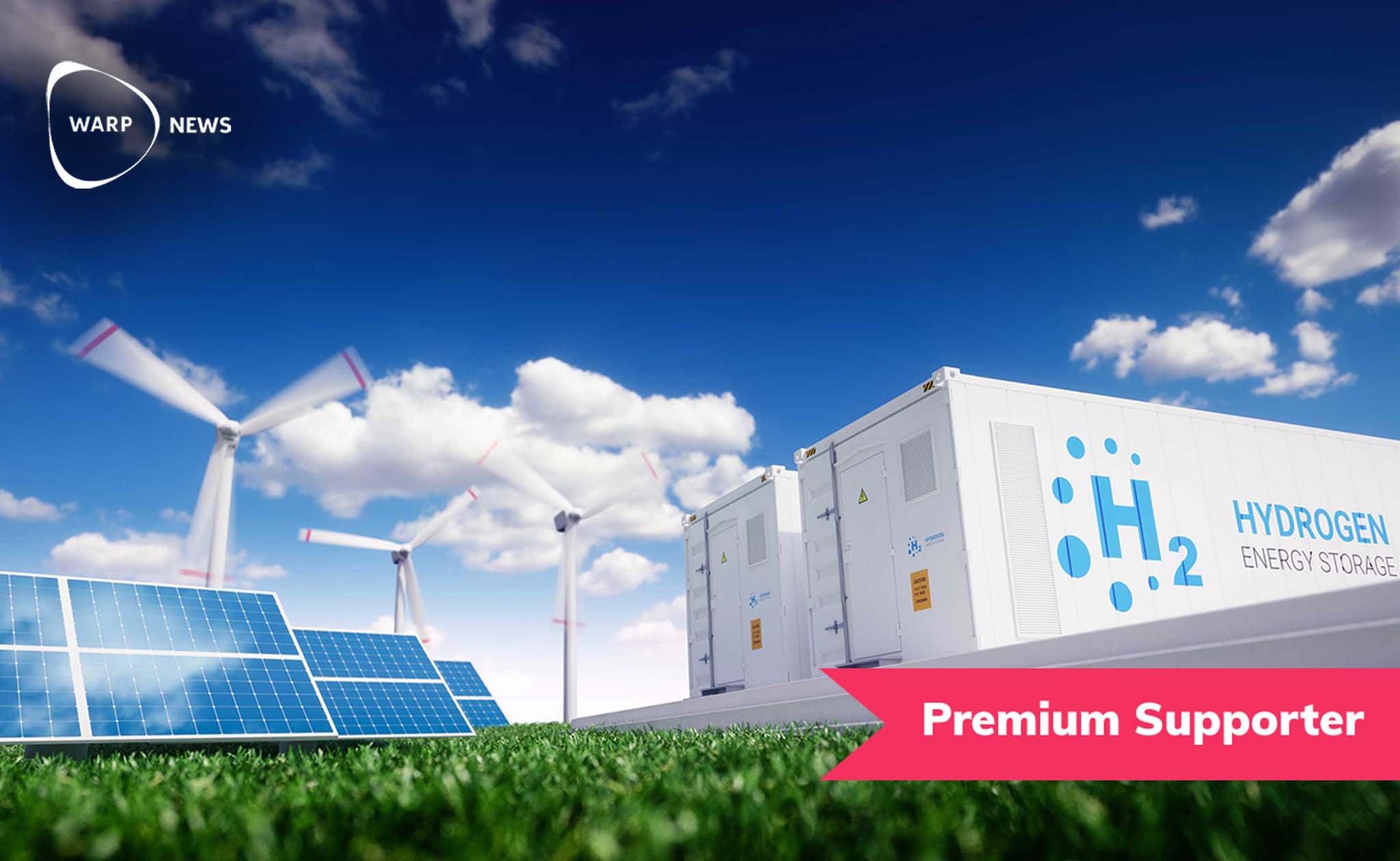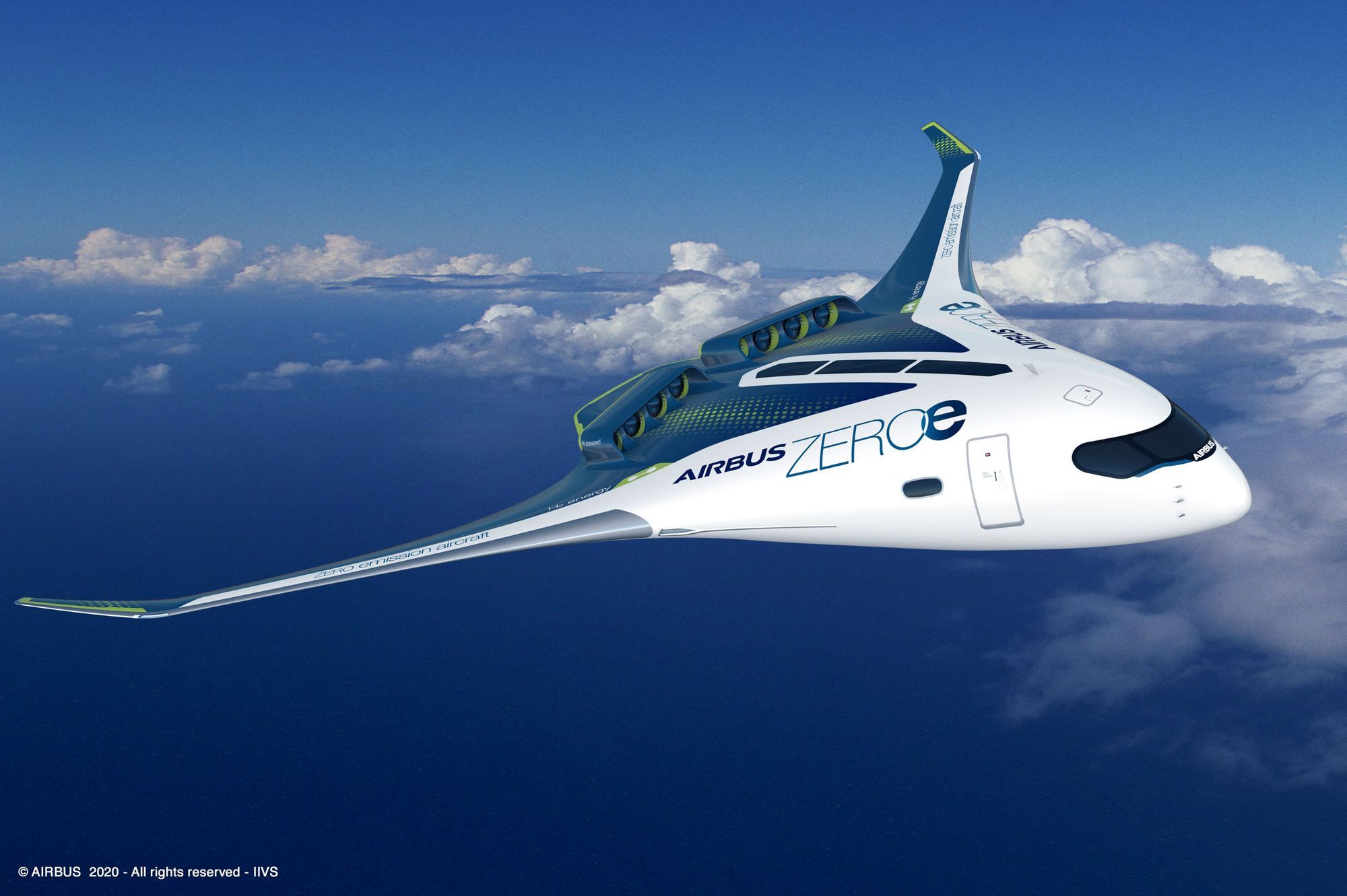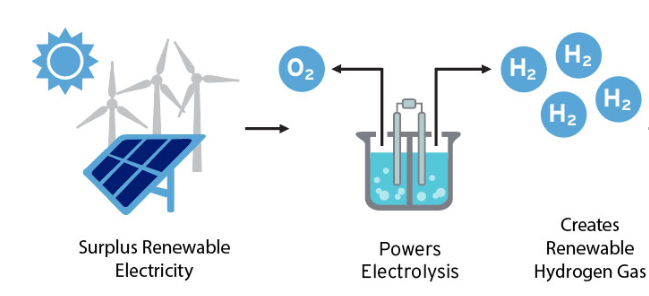
♻️ On the hunt for green hydrogen
Both companies and governments around the world are on the hunt for alternative energy sources, and ways to store energy, that reduce emissions. The green hydrogen gas is one of the hottest quarries.
Share this story!
Hydrogen is the simplest, lightest and most common element in the universe. There are unimaginable amounts of hydrogen, but no pure natural access to it on earth. In order to obtain pure hydrogen, it must be extracted from other compounds.
This extraction requires energy and depending on the type of energy extracted, we give the hydrogen a "color", even though it is in fact invisible to the naked eye:
- Grey hydrogen. The majority of hydrogen produced in Europe and the USA today is so-called gray hydrogen. It is produced using natural gas, or methane, which is a fossil fuel and generates carbon dioxide emissions.
- Brown hydrogen. That it is called brown is due to the fact that it is produced by burning coal. This type is mainly common in China and just like the gray hydrogen it causes large emissions.
- Green hydrogen. Green hydrogen plays the main role in this article and is the form that many believe is the future because it can be produced climate-neutral with fossil-free energy.
🌈 Blue, pink, yellow and turquoise. There is a whole spectrum of hydrogen types, but the three colors above are the most important and give you a good overview.
Hydrogen and fuel cells
Hydrogen production causes emissions of over 800 million tonnes of carbon dioxide per year. This means that, so far, it is not so climate-smart to drive, for example, a car powered by hydrogen. If the gas is not produced in a green way, it means that emissions from a hydrogen car are only 30 percent lower than the emissions from a petrol car.
This is where the green hydrogen comes in. We can extract hydrogen from water molecules with the help of an electric current to break down the hydrogen atoms from the oxygen. This process is called electrolysis. If we use clean energy sources, such as solar, wind, water or nuclear power, to generate the electric current, the the hydrogen is deemed green.
The hydrogen is usually stored in a tank before being led into a fuel cell which then converts it into electricity. So what is a fuel cell? Simply put, it is a kind of battery that produces electricity without combustion or emissions.
Fuel cells can be used for lots of things, such as powering planes, trains, cars and rockets. They can also be used to create electricity for industries and households. This makes hydrogen a very interesting way to store energy. The potential is enormous and therefore we see that interest is increasing strongly in this area.

Huge investments are needed
So what challenges need to be overcome for this to really take off? The main challenge is cost. It is still expensive to produce green hydrogen. The volumes need to be significantly larger for it to be economical, and historically speaking there has not been a sufficiently large market to attract investors to take that sort of risk.
The long-term goal, to create a global market for green hydrogen, requires huge investments and renewal of infrastructure. Hydrogen needs to be able to be produced, transported, stored and consumed in large quantities.
But now there are indications that this is changing. More and more experts believe that the hype around the green hydrogen is real.
The technology that makes it possible
Analysts at S&P Global estimate that the cost of producing green hydrogen needs to be reduced by more than 50 percent by 2030 to make hydrogen a practical alternative energy source. This is entirely possible if the price of renewable energy continues to fall at the extremely rapid pace they have done over the past ten years.
Renewable energy accounts for about 60 percent of the cost of producing green hydrogen. In addition, the cost of electrolytic technology also needs to be reduced - and that is exactly what is happening now.
"We are actually seeing a complete decline in the cost of hydrogen production," Haim Israel, global strategist and head of thematic investments at Bank of America, told CNBC, adding that he has seen both electrolyzer and renewable energy prices fall by about 50 percent.
- We believe that both costs will decrease by another 60 to 70 percent before the end of the decade, he continues.

Green hydrogen solves many problems
The price of renewables has fallen very quickly and we now see that growth is enormous. The problem is, quite naturally, that these types of energy are intermittent.
Wind and solar power depend on the weather to generate energy. Sometimes they therefore generate too much and sometimes too little, or nothing at all. When there is a surplus of cheap energy, we could use it to create green hydrogen. This can both stabilize the grid and even out the production cycle because hydrogen can be stored and used on days and times when there is a shortage of renewable energy.
Hydrogen can also help solve energy problems where batteries are not efficient. In the heavy industry, for example, in trucks, cargo ships and to some extent aircraft, batteries, as they look today, are too heavy and take up a lot of space. Green hydrogen can be the key to making these industries more environmentally friendly.
There are challenges along the way, but the hunt on sustainable energy sources has been intensified. The green hydrogen seems to be one of the hottest quarries.
By becoming a premium supporter, you help in the creation and sharing of fact-based optimistic news all over the world.


